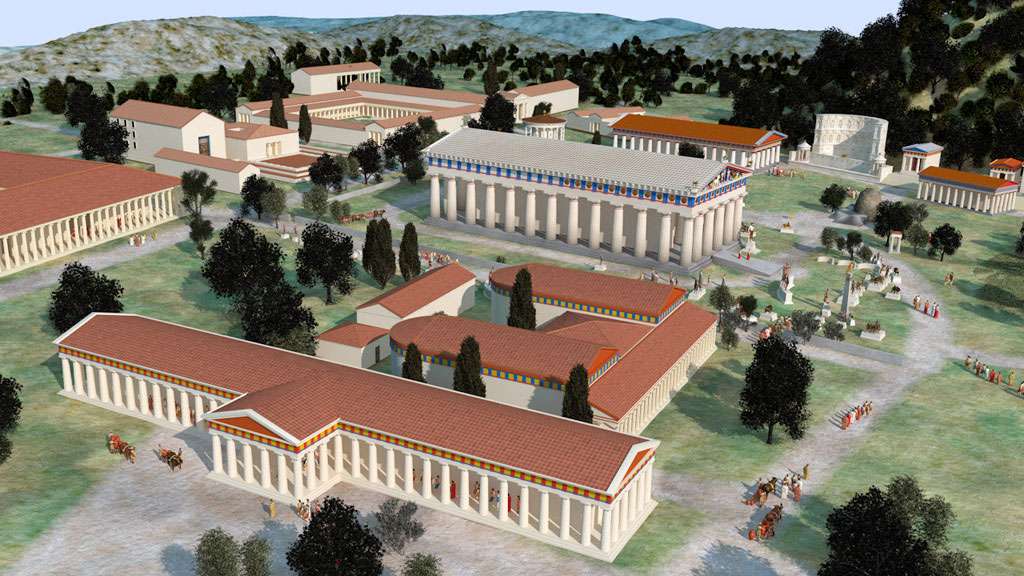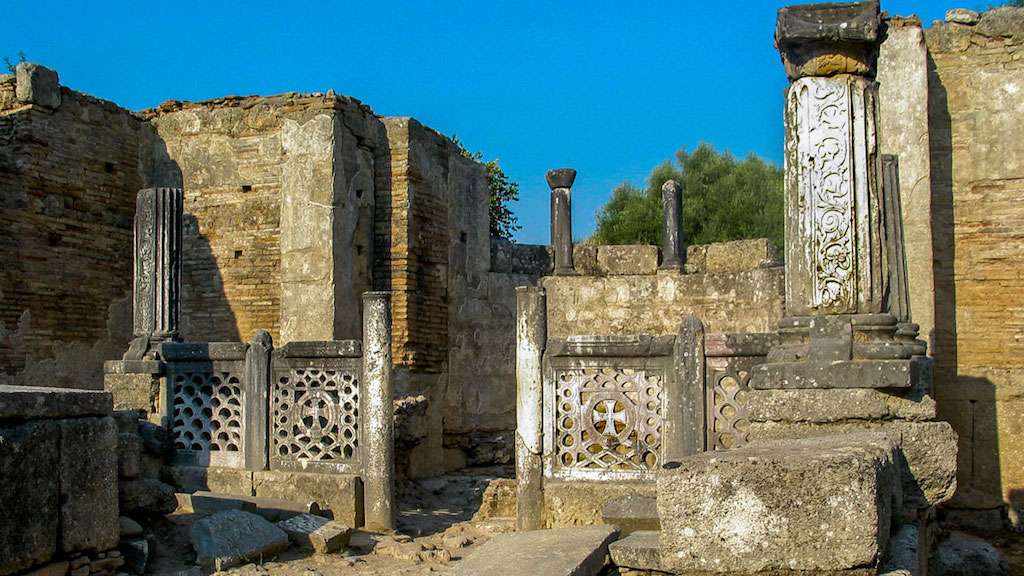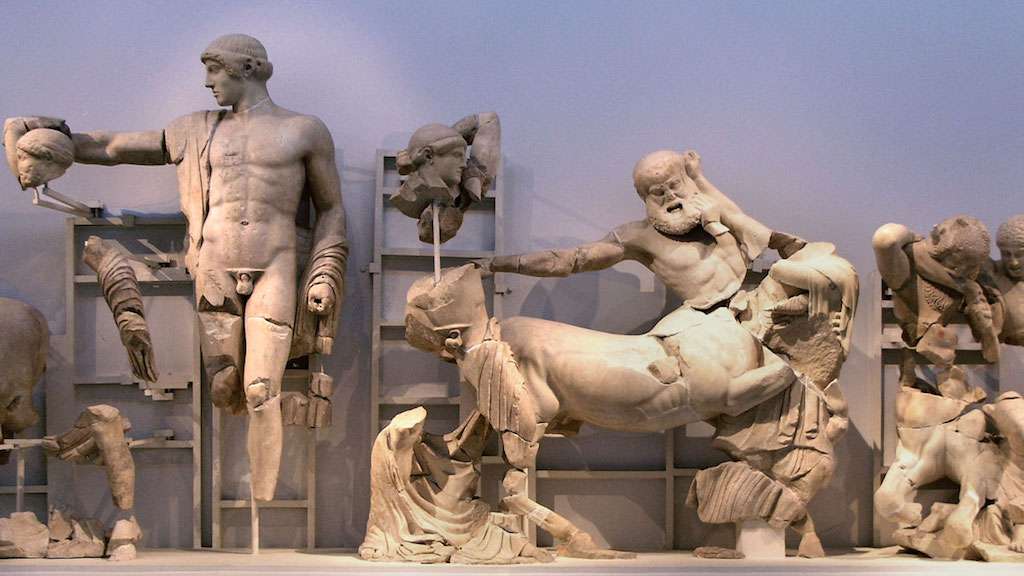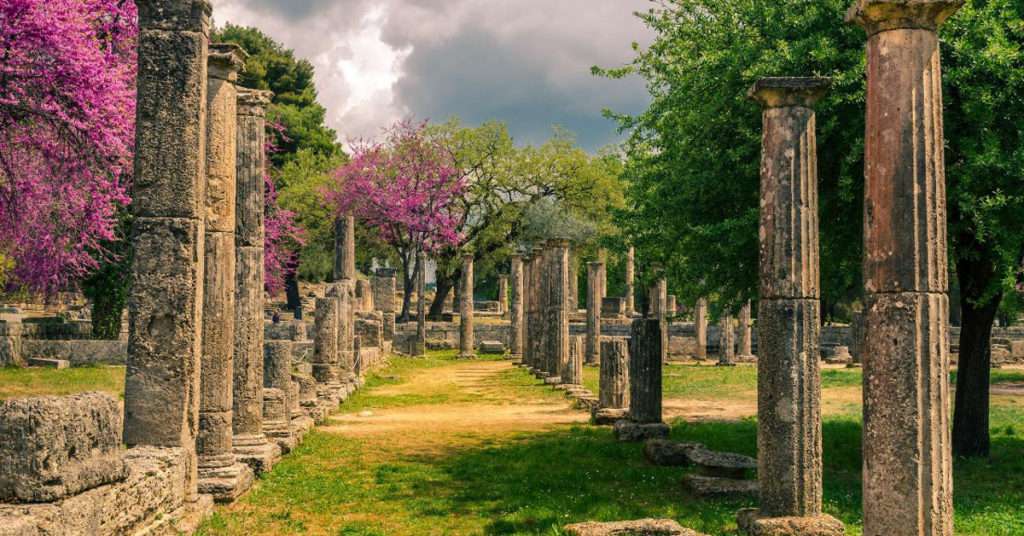Ancient Olympia is at a distance of about 290 kms away from Athens, so though one can visit the place in a one-day tour, an almost 600 kms roundtrip plus the fact that there are so many to see at Olympia would make that one day very long and tiring. 24 Hour Limousine Service recommends a 2-day tour for this destination, following two different ways to go to Olympia and then drive back to Athens, something which gives you the chance to have more stops and see other interesting places on the ways. (The Corinth Canal, the city of Patras, the Rion Antirion bridge, the longest fully suspended bridge globally, and one of the longest of the multi-span cable-stayed type, etc.).
The archeological site of Olympia is one of the monuments of UNESCO’s world heritage. It has never been a habitation area but a place full of temples, altars, training facilities, guest houses for the athletes and the judges, and of course, the Stadium. The first Olympic festival was organized on the site by the authorities of Elis, the nearby city, in the 8th century BC – with tradition dating the first games at 776 BC but pretty soon these Games became the most famous and important event of the ancient world.

It is a place effortless to walk and pleasant to visit as it has a park’s appearance. The first buildings you come across are the ancient gymnasium and the Palaestra, where athletes used to practice before the games. Immediately after, you will find the Workshop of Pheidias, the laboratory in which one of the Seven Wonders of the World, the golden ivory statue of Zeus, was created.

Leonidaion, next, was Olympia’s hotel and hosted distinguished guests of the Games from 330B.C. Visit the Temple of Goddess Hera and stand before it at the exact place where the Olympic fire is lit for each opening ceremony of the modern Olympic Games and very near, visit the temple of Zeus where his statue was placed. And finally, see the place where it all started, through the Crypt enter the ancient stadium 212.54 m (697.3 ft) long. The track was made of hard-packed clay to serve as traction for the contestants in the running events, and as in current day athletics, a white block was placed on one end of the track where the athletes would line up to place their feet and got ready to start of the race.

Then, just a short walk away from the site, you will visit the Archeological Museum of Olympia. The displays housed in the museum are the original antiquities found at the nearby excavations. Admire, the Zeus Temple pediments, and the Hermes statue with its perfect anatomy, which has influenced the thought and design of the Renaissance artists. See Nike’s statue (winged Victory), and don’t miss the helmet of general Miltiades who led the Athenians to the Marathon’s battle victory.

